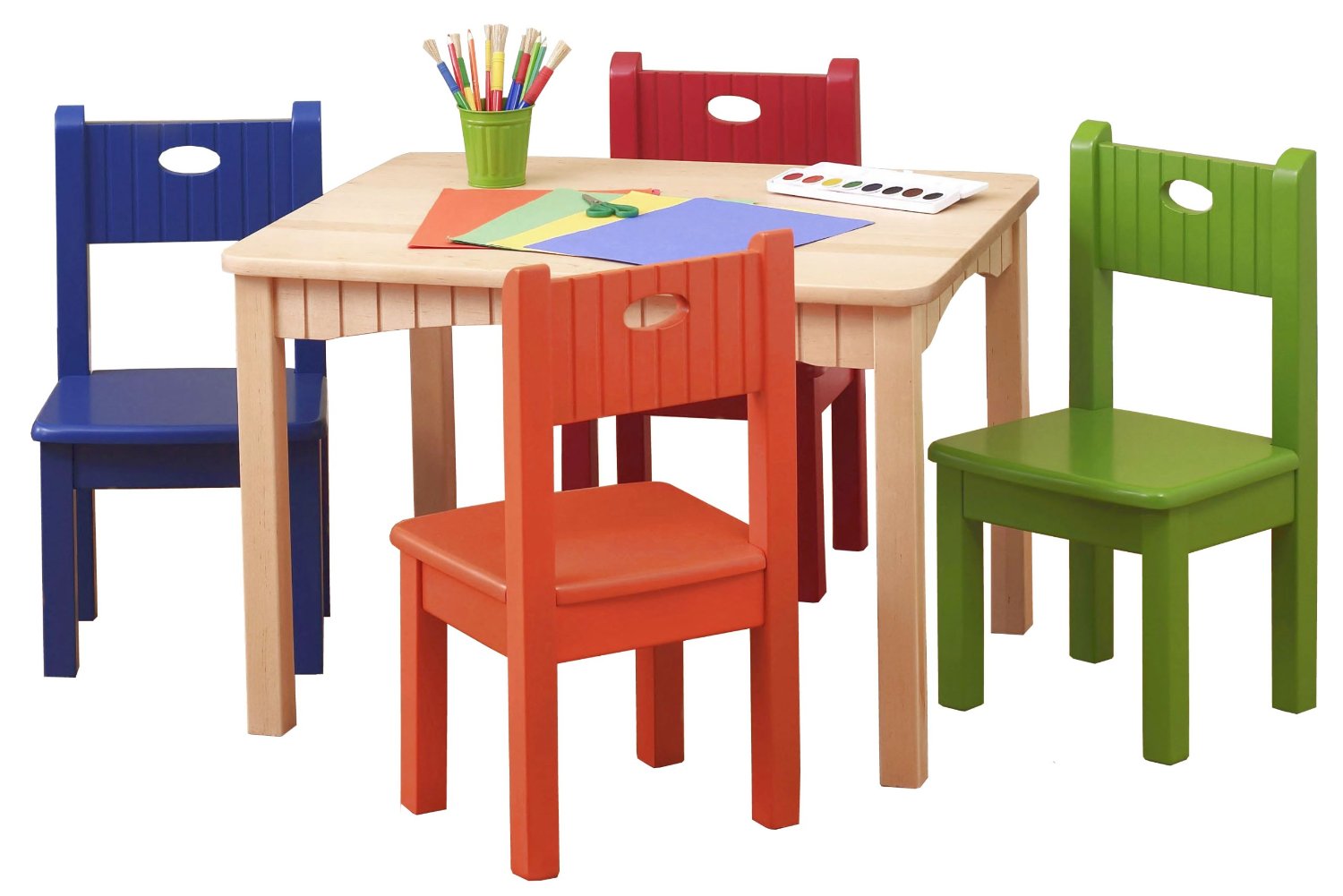

“As a result, many companies find it to be more cost-effective to label their products if they believe any level of a listed chemical may be present,” Lally said. See related: What you need to know about Prop 65 and outdoor products The cost and complexity of performing an exposure analysis to determine whether the concentration of a listed chemical is below the warning trigger level can be significant, she added. “If your product is challenged under Prop 65, you must prove that the exposure is at or below the warning trigger level,” said Amy Lally, a partner with the law firm of Sidley Austin LLP, who spoke at a recent workshop held by the American Home Furnishings Alliance (AHFA). And Bisphenol A (BPA), a chemical base used in the finishes of certain outdoor furnishings, was recently added. Tris phosphate (also known as TDCPP) was added to the list in 2011, resulting in most foam suppliers eliminating the chemical from foam. It is administered by The Office of Environmental Health Hazard Assessment (OEHHA), part of the California Environmental Protection Agency.Ĭhemicals on the Prop 65 list that may be found in furniture include formaldehyde (used in some adhesives), lead (in coatings and brass fittings), polyvinyl chloride (PVC plastic) and wood dust (a byproduct of the production process). The list, which must be updated at least once a year, includes approximately 900 chemicals. Originally enacted in 1986, Proposition 65 requires California to publish a list of chemicals known to cause cancer, birth defects or other reproductive harm. 30, now is a good time for outdoor furniture manufacturers doing business in the state to meet with legal counsel, testing resources and business partners to conduct a comprehensive review of the chemical content and safety of the merchandise they sell. With new rules for Proposition 65 due to take effect in California on Aug. For more information about OEHHA labeling guidelines, please visit. Many companies would rather over-label than face an expensive lawsuit.įor more information on the changing Staples labels, contact a live customer service representative at 1-80. Expect to see an increase in the number of warnings you see, as well as the specificity of toxin type, such as cancer and reproductive harm. How will this affect you?Ĭhanges to the warning labels of Prop 65 will affect many products and websites. The new requirements also added a large yellow triangle with black exclamation point to make the warning more noticeable. Staples will adhere to these new changes with the use of the short-form warning label and will use the various short form formats when possible. The warning used on the website must match the warning used on the product.

The changes also require that any online sales going to California reasonably warn the consumer prior to purchase. In addition, food and alcoholic beverages must now carry the warnings when necessary. Some short form labels are allowed that do not have to indicate the chemical(s) included. New amendments to the regulation now mandate that in the warning, manufacturers must specify the chemicals present in the product. On August 30, 2018, the Prop 65 warning label will change. Lawyers (sometimes known as bounty hunters) can begin claims in the public interest and don’t always need evidence of harm to assist in enforcing this regulation. If you don’t properly adhere to Prop 65, be prepared to pay the price. If items could end up in California in a consumer’s hands then you need to determine whether a warning label is required. Under the regulation exposure to a chemical can occur in several ways: oral, inhalation, transdermal or hand-to-mouth. The chemicals and exposure limits don’t just focus on items intended for a specific audience, such as children. It’s important to note that Prop 65 affects all products in the state of California. This list of chemicals has ballooned greatly from the initial passing of the law into some 900 such chemicals. Under Prop 65, products sold or used in California must carry a warning label if they contain or potentially contain certain chemicals. The purpose of this law is to ensure that customers can make an “informed decision” when purchasing products that could expose them to harmful chemicals. Proposition 65 or Prop 65 refers to a California law formally known as the Safe Drinking Water and Toxic Enforcement Act of 1986.

If you live in or visit California frequently, odds are you’ve seen it every day since 1986. It’s on cars, vitamin supplements, at gas stations, hotel lobbies, office buildings, even at your favorite, or at least frequented haunts like McDonald’s and Starbucks.


 0 kommentar(er)
0 kommentar(er)
